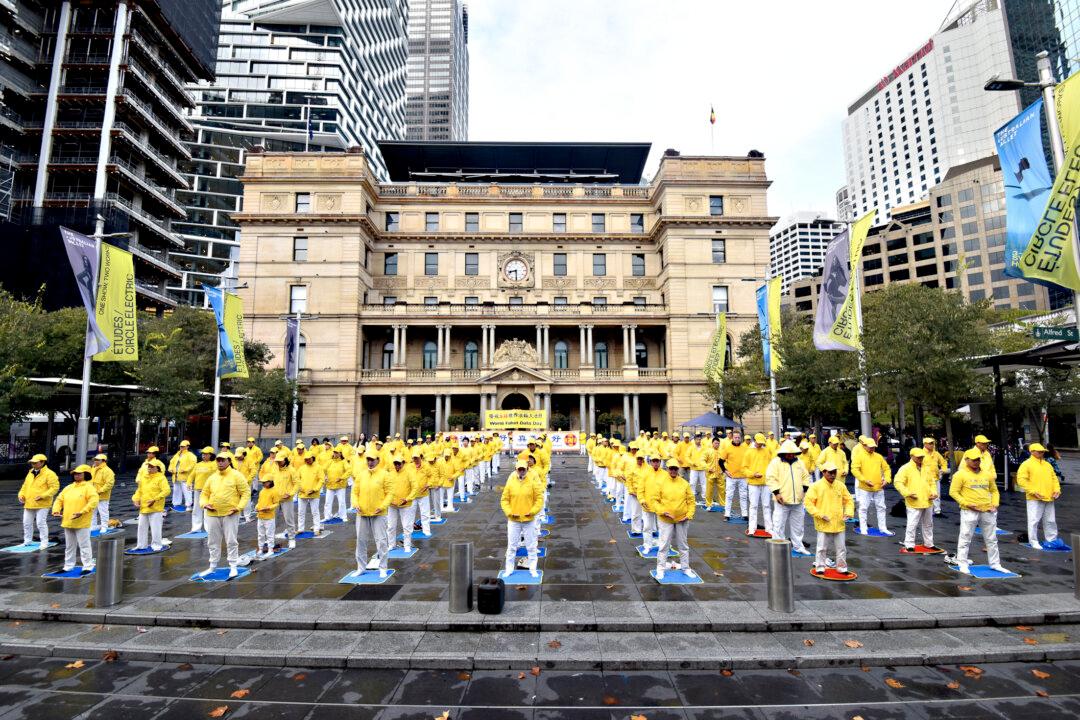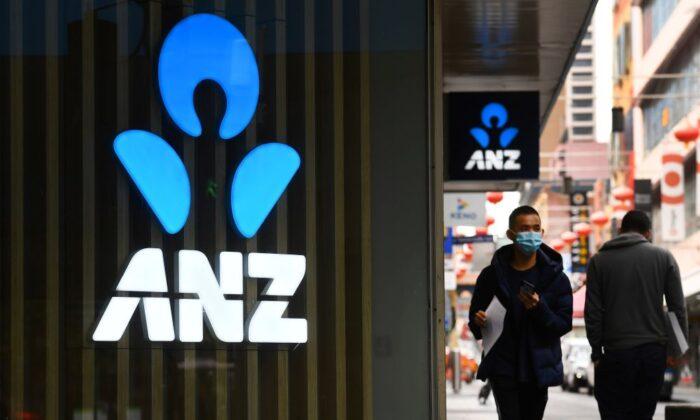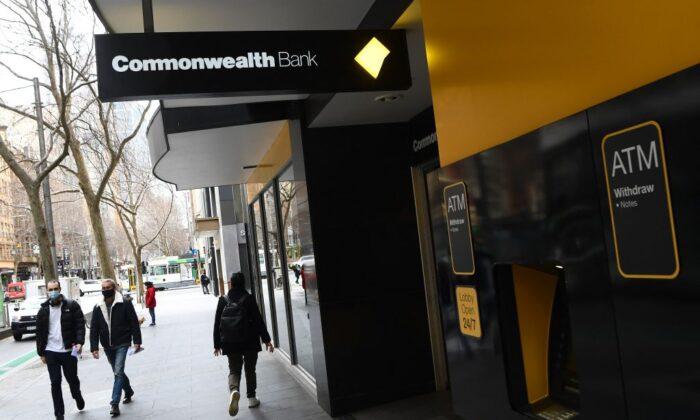The renewed call comes amid growing concerns over the imminent end of the JobKeeper subsidy and other support measures to small businesses, many of which are still struggling to recover from the economic fallout of the COVID-19 crisis.
The proposed program mirrors the Higher Education Contribution Scheme (known as HECS) launched 30 years ago as the world’s first income-contingent loan, which allowed students to enrol in university without paying up-front tuition, and instead repaying their fees once their earnings reached a certain level.
Based on the same concept, the scheme would require borrowers to make repayments only when their turnover reaches a designated level. The loan would be funded by the federal government and capped at a percentage of the borrower’s annual revenue. Eligibility assessments would involve a viability test conducted by an accredited adviser.
As the inaugural Australian Small Business and Family Enterprise Ombudsman (ASBFEO), Carnell works as an independent advocate for small business owners. She said the availability of working capital could mean “the difference between life and death” for many small businesses hit hard by sudden lockdowns and border closures, especially given the mounting challenge in securing finance from banks.
“Even in the best of times, small businesses have struggled to secure finance,” she added. “Taking into account the enormous challenges they are now facing, the fallout of insufficient working capital could be devastating, not only for small business owners and their staff, but for the broader economy.”
Australian National University Professor Bruce Chapman, the architect of the HECS funding model, had proposed rolling out contingent loans for households and businesses as early as March, in anticipation of the harsh hit to individual incomes and business revenues during any lockdowns.
Chapman described the HECS-style loan, either as an income-contingent loan (ICL) for the individual or a revenue-contingent loan (RCL) for a business, as “the fairest and most sensible form of economic stimulus at a government’s disposal.”
Chapman said contingent debt has the advantage of security, simplicity, and equity. “[T]he elegance of RCL as a response to short-term business problems is that we have all pieces of the puzzle already in place,” he added. “So we can act quickly and effectively.”
The $40 billion (US$30.6 billion) scheme, which commenced in late March 2020, offered three-year unsecured working capital loans of up to $250,000, with 50 percent backed by the government and a six-month payment holiday.
But phase one was not so well received. By the end of Sept. 30 last year, only $2 billion (US$1.5 billion) loans were approved.
In response, the government rolled out phase two of the amended scheme on Oct. 1, 2020. Changes included extending the term to five years, increasing the maximum loan size to $1 million (US$770,000), and capping the interest rate at 10 percent.
The scheme is scheduled to end on June 30 this year.





